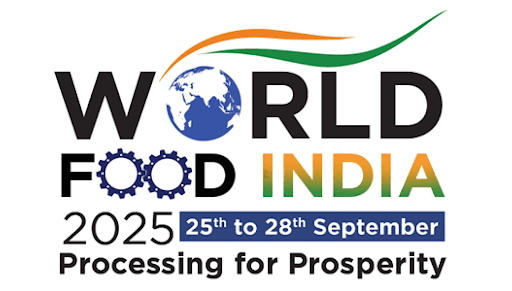Description
_PORTAL.jpg)
Disclaimer: Copyright infringement not intended.
Context
- Prime Minister Narendra Modi, said that he believes that with the help of the National Agriculture Market (e-NAM) portal, the farmers will be able to decide the place, time and price of selling their products, and reduce the burden on the consumers.
e-NAM Portal
- National Agriculture Market (e-NAM) is a pan-India electronic trading portal that networks the existing Agricultural Produce Market Committee (APMC) mandis to create a unified national market for agricultural commodities.
.jpeg)
About National Agriculture Market (NAM)
- National Agriculture Market (NAM) is a pan-India electronic trading portal launched in 2016 completely funded by Central Government and implemented by Small Farmers Agribusiness Consortium (SFAC).
- NAM portal networks the existing APMC (Agriculture Produce Marketing Committee) / Regulated Marketing Committee (RMC) market yards, sub-market yards, private markets and other unregulated markets to unify all the nationwide agricultural markets by creating a central online platform for agricultural commodity price discovery.
- The scheme envisages deployment of a common e-market platform of 585 selected regulated wholesale agriculture market yards by March, 2018. The common electronic trading portal will be called as e-NAM.
Objectives
- To integrate markets first at the level of the States and eventually across the country through a common online market platform, to facilitate pan – India trade in agricultural commodities.
- To streamline marketing / transaction procedures and make them uniform across all markets to promote efficient functioning of the markets.
- To promote better marketing opportunities for farmers / sellers through online access to more buyers / markets, removal of information asymmetry between farmer and trader, better and real-time price discovery based on actual demand and supply of agri-commodities, transparency in the auction process, prices commensurate with quality of produce, online payment etc. that contribute to marketing efficiency.
- To establish quality assaying systems for quality assurance to promote informed bidding by buyers.
- To promote stable prices and availability of quality produce to consumers.
Beneficiary
- Farmers, Mandis, Traders, Buyers, Processers and Exporters.
Benefits
- Transparent online trading with enhanced accessibility to the market. Real-time price discovery for better & stable price realization for producers.
- Reduced transaction cost for buyers. Availability of information on e-Nam mobile app about commodity prices.
- The details of price of commodity sold along with the quantity are received through SMS. Quality certification.
- More efficient supply chain & warehouse-based sales. Online payment directly to the bank accounts of the farmers.

Outcomes
The outcomes of the scheme include
- A single license for trading across all markets in a State,
- A single point of market fee,
- An electronic auction for transparent price discovery,
- Easier norms for obtaining trading licenses,
- Abolition of fragmented markets,
- Seamless transfer of agricultural commodities,
- Improved supply-chain and reduced wastage,
- Increased price share for the farmers,
- Wholesale-based sales,
- Quality-based informed training.
|
PRACTICE QUESTION
Q. What are the objectives of National Agriculture Market (NAM) scheme? Elaborate.
|
https://theprint.in/india/national-agriculture-market-portal-to-help-farmers-in-selling-produce-pm-modi/1518962/\




_PORTAL.jpg)
_PORTAL.jpg)



